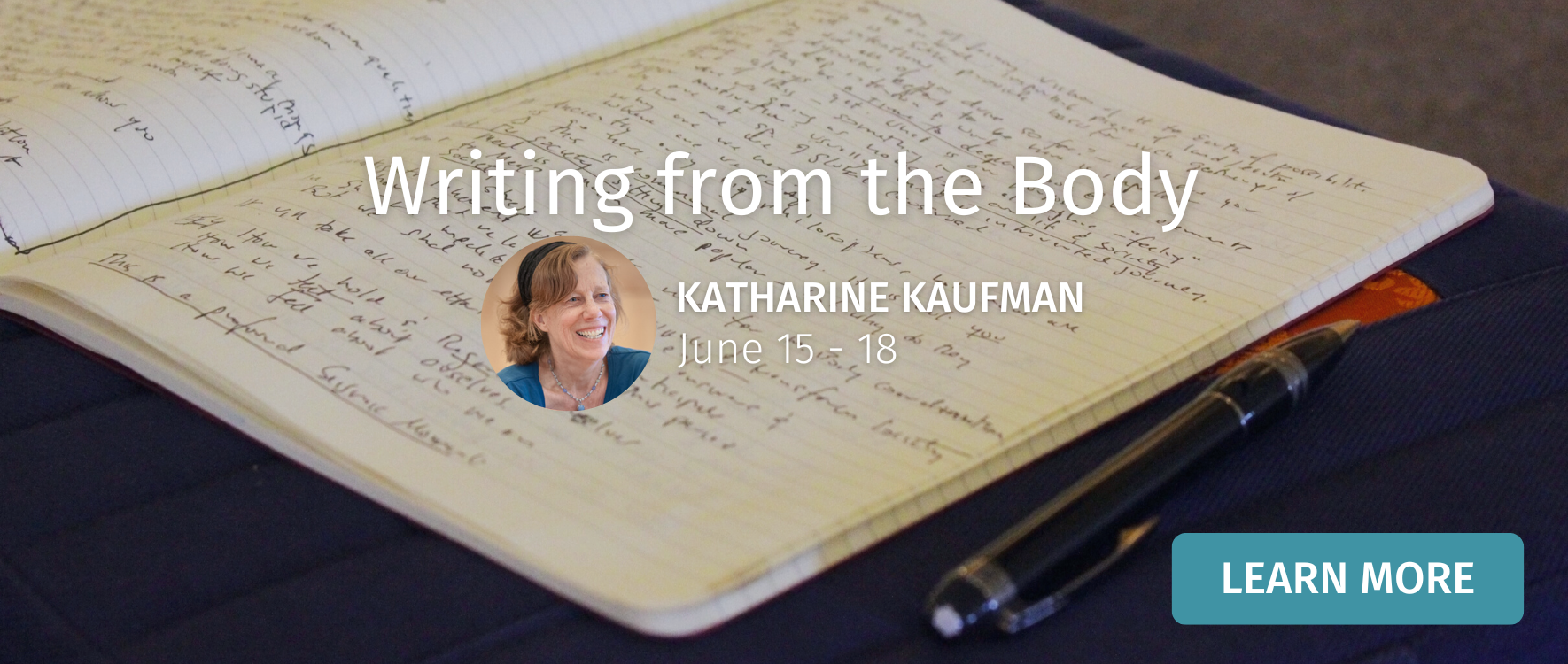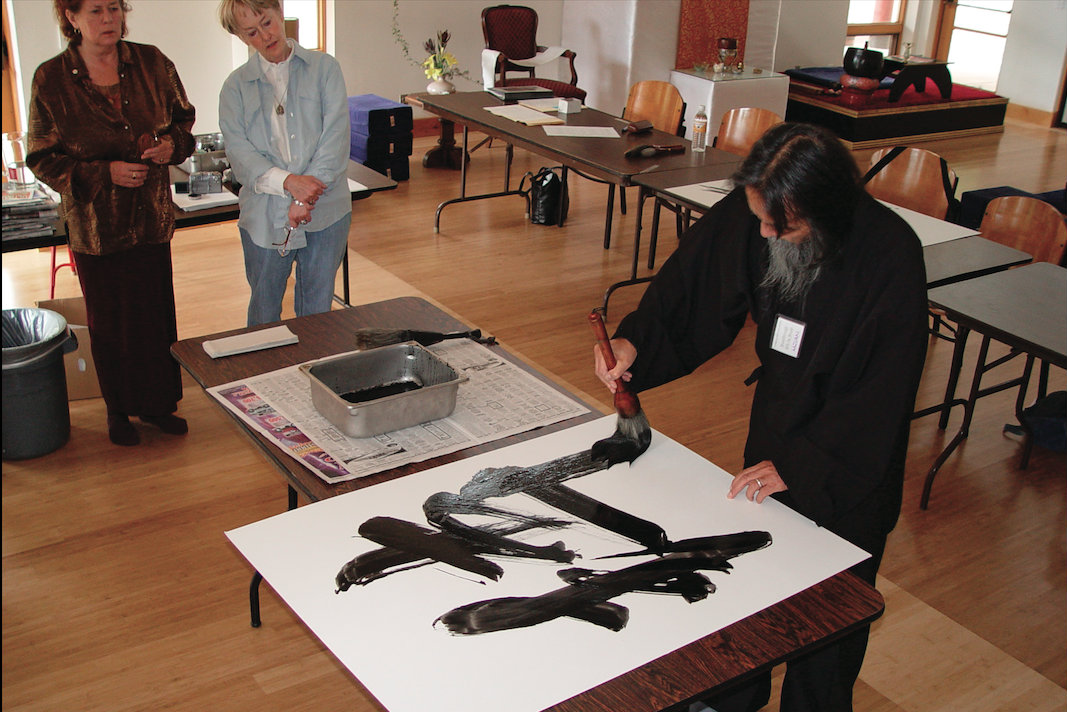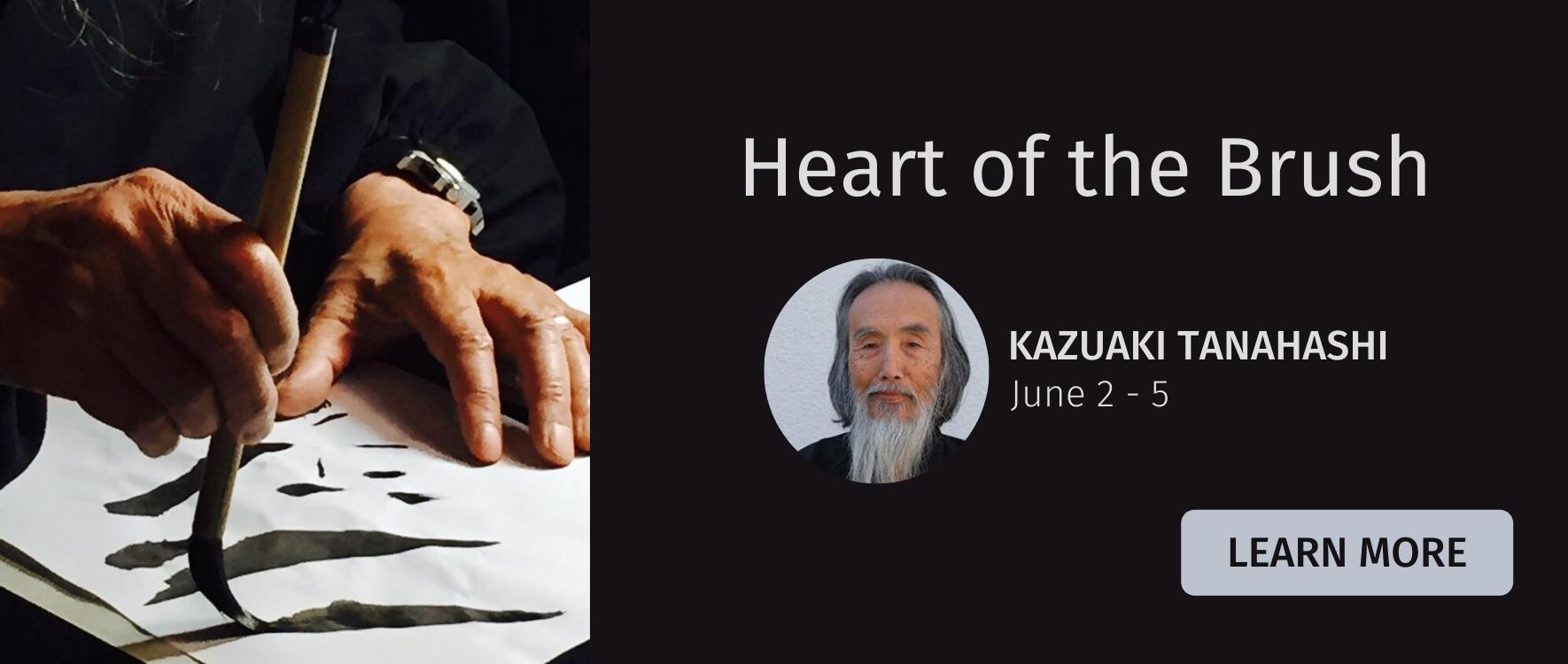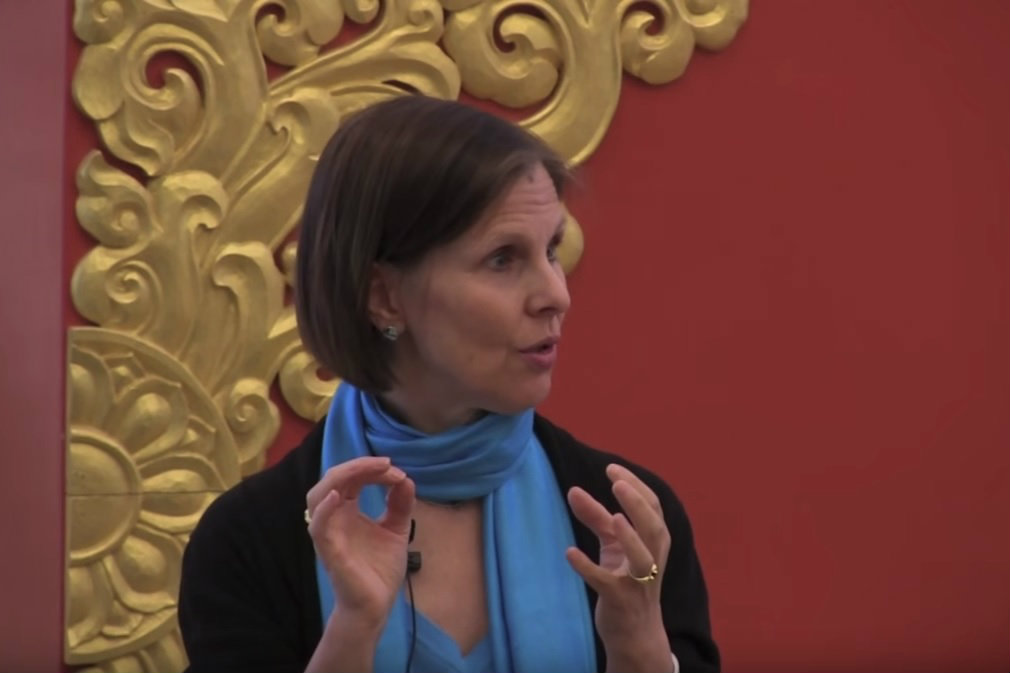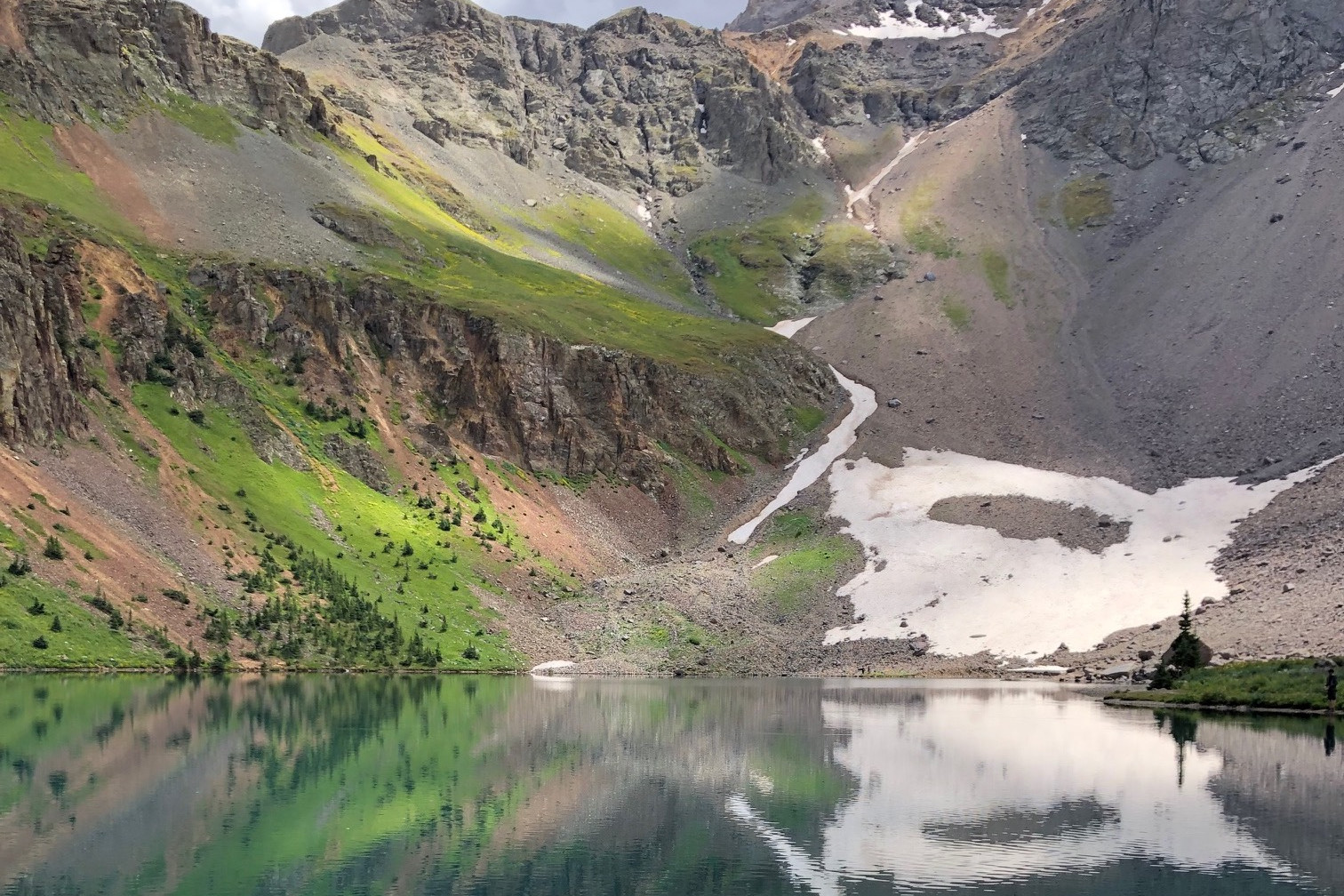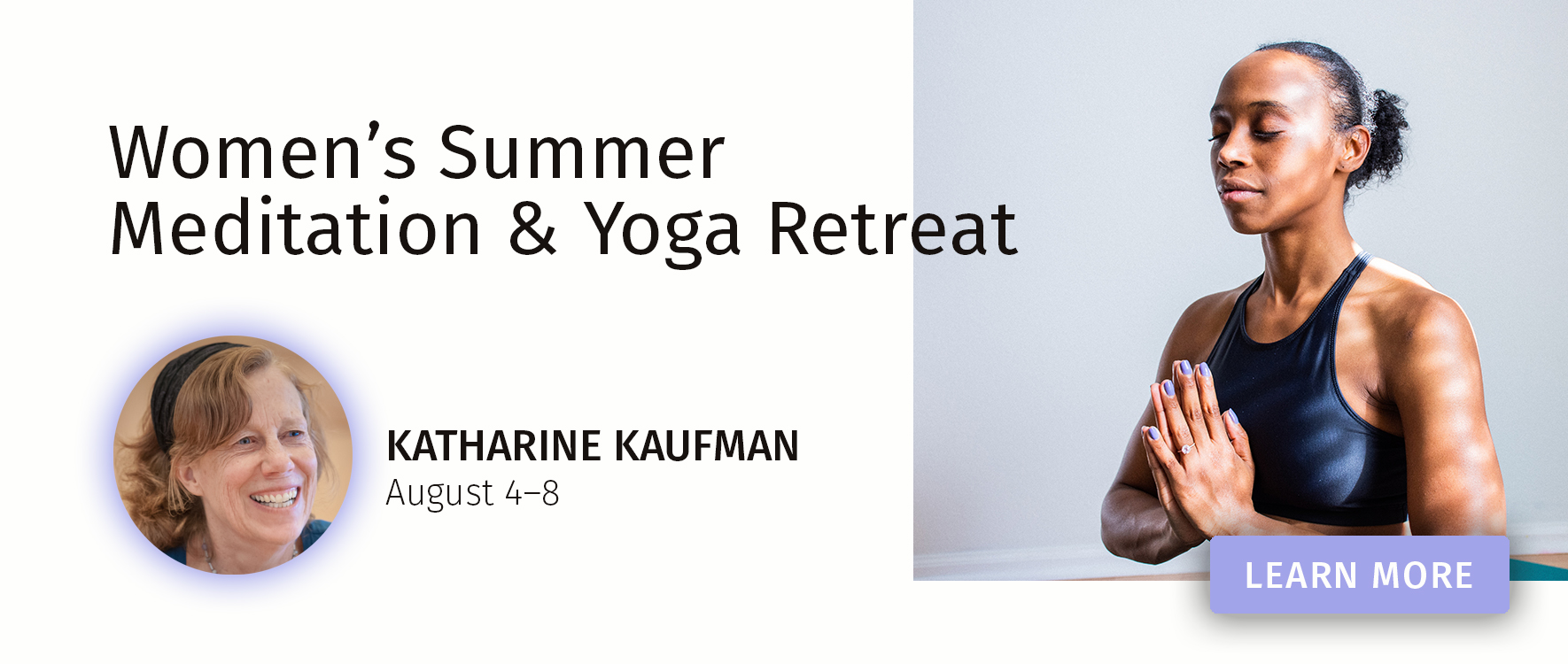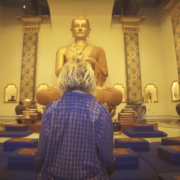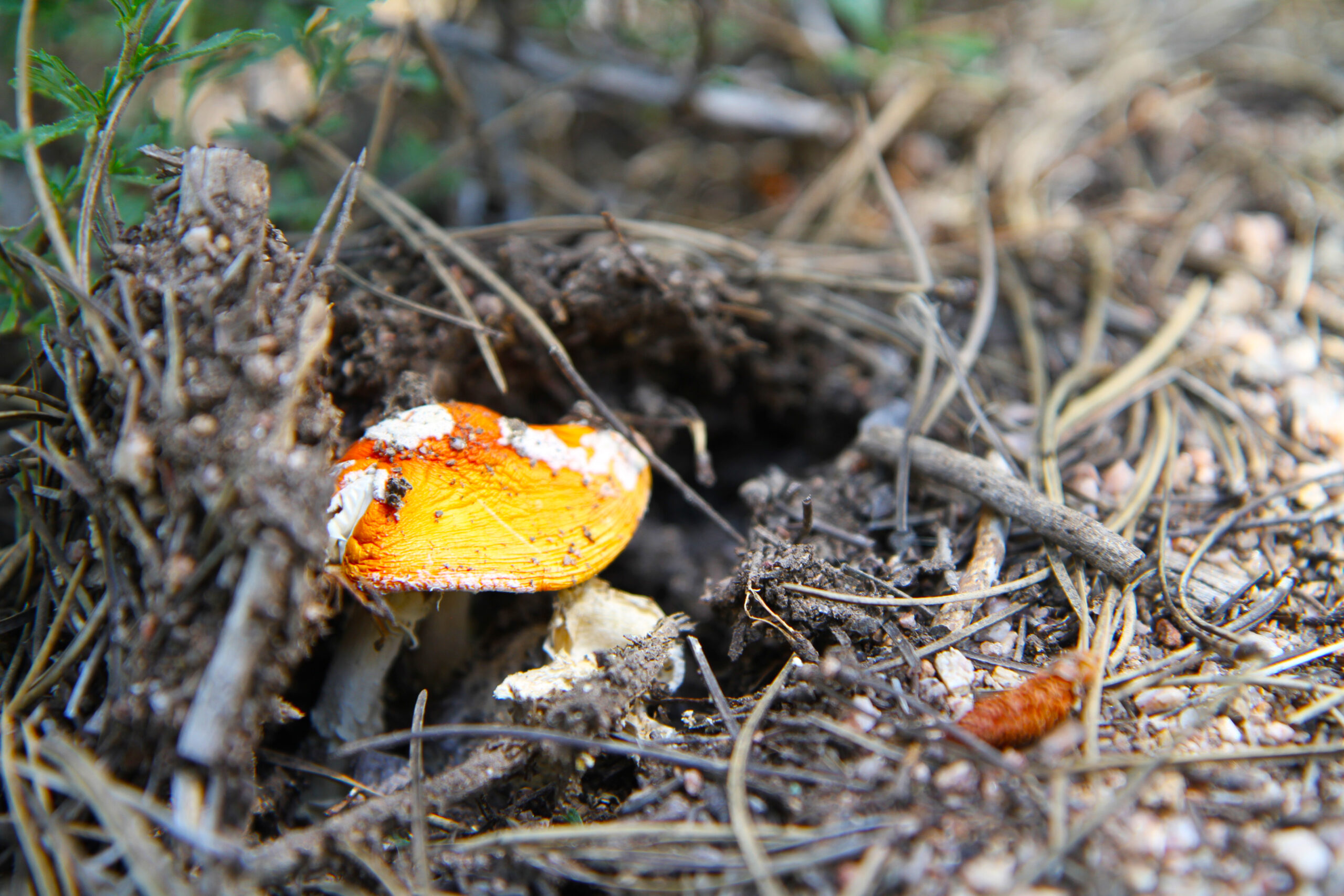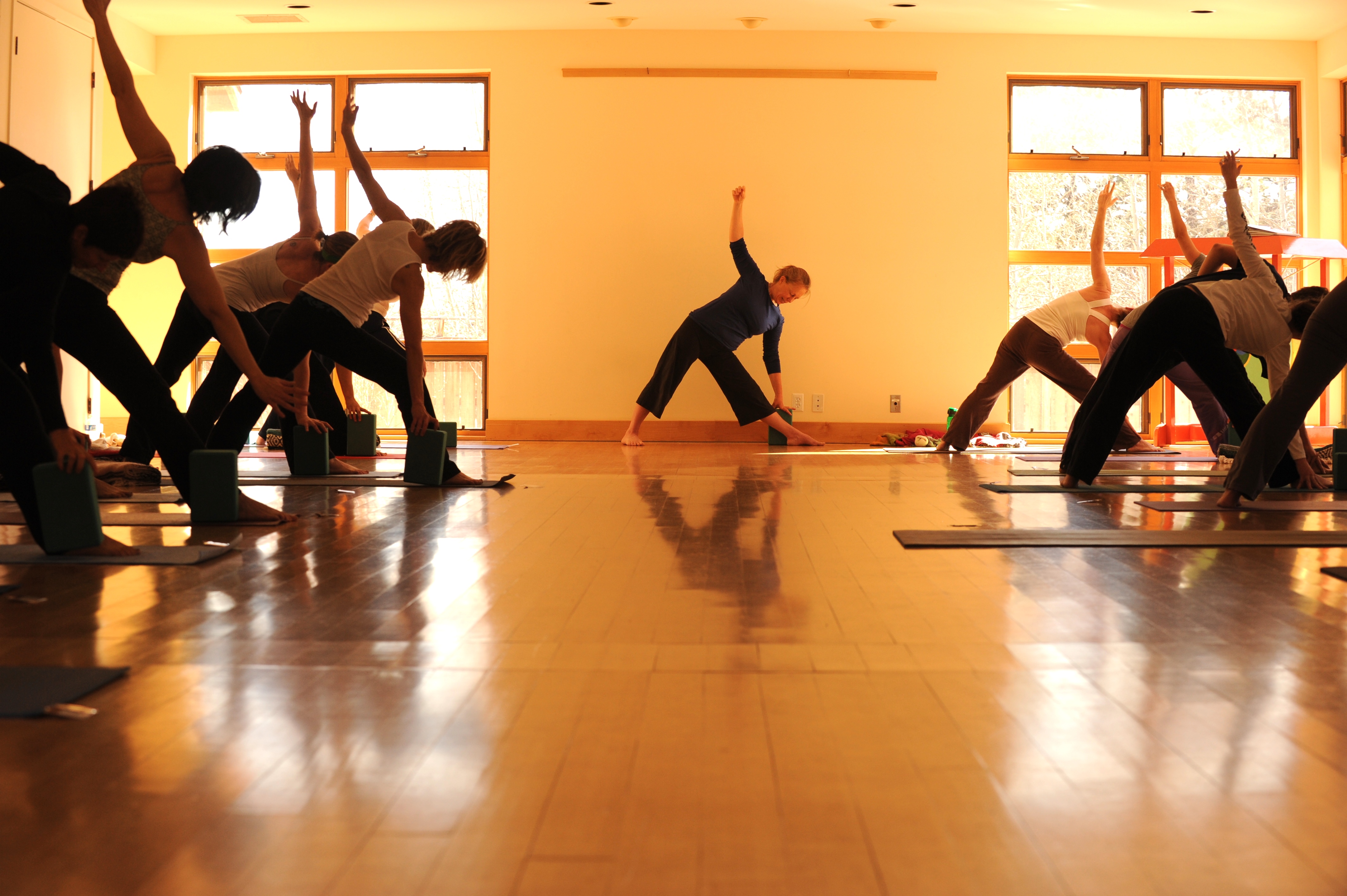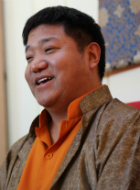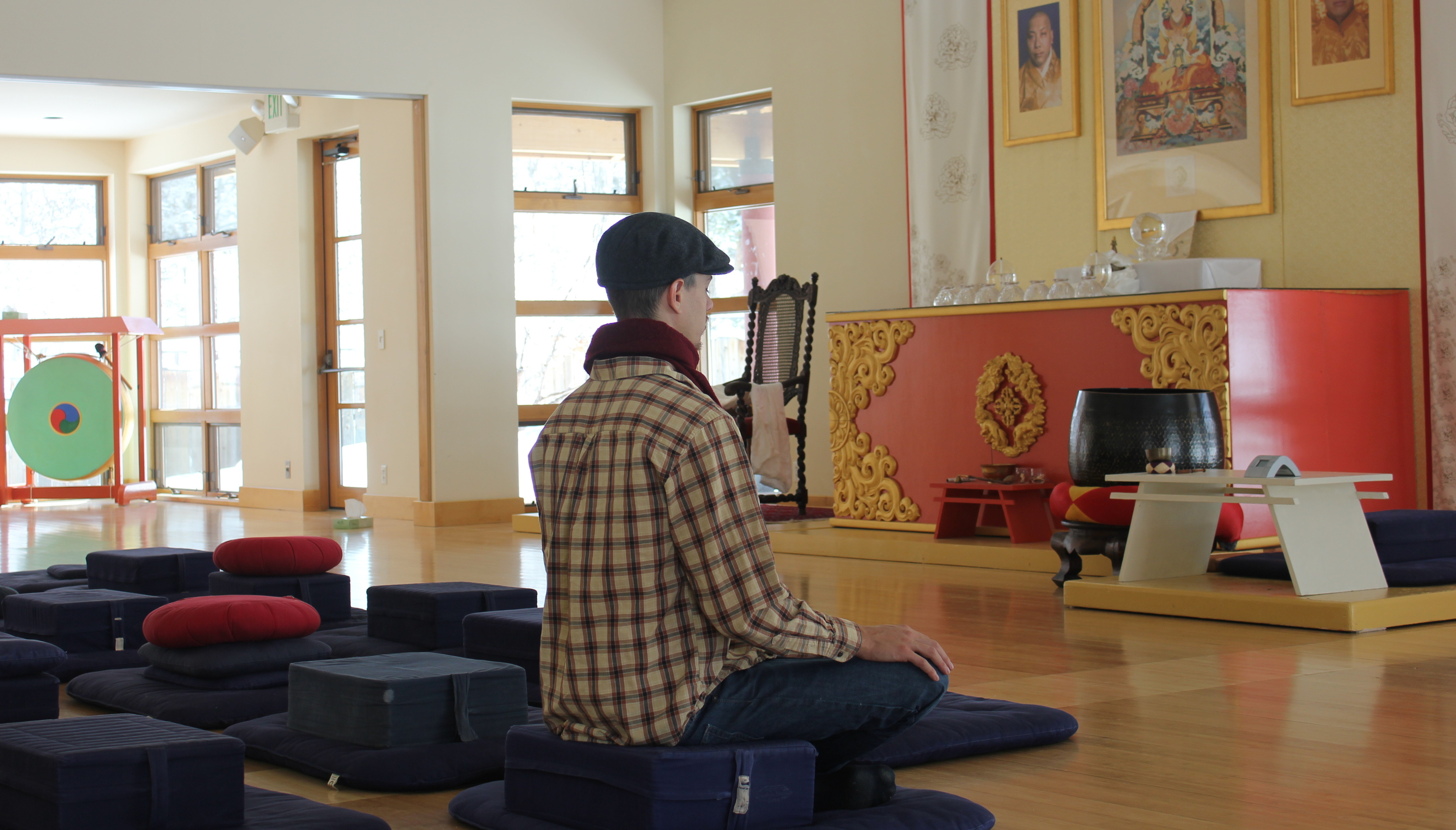On Creativity – an Interview with Kazuaki Tanahashi
by Miguel Mendonça, October 2020 *reprinted with permission from Kazuaki Tanahashi
MM: What drew you to your medium?
East Asian calligraphy—Chinese, Korean , or Japanese—fascinated me in my youth. There is so much to learn and express. So, I became serious and eventually started exhibiting my artwork.
I also studied oil painting and Western drawing at the same time. I started combining these disciplines. For example, calligraphers don’t go off the edge of the paper, but painters do. I did calligraphy in an expressive Western painters’ way.
It was a small town near the city of Nagoya in the central part of Japan where I studied calligraphy. I was tutored but in a class at a local community center. I didn’t want to study with a famous calligrapher or painter, because I would be his or her student for the rest of my life. So, I chose someone who was not well known.
MM: Do you feel a connection with the history of your medium?
East Asian and Western calligraphers are by large classicists. In these traditions you study classic works, learn to get familiar with them, then deepen your understanding. By faithfully copying, you learn the aesthetics and techniques to develop your skills. I’ve written a book called Heart of the Brush: Splendor of East Asian Calligraphy. It shows how to compare and appreciate different works from ancient times, and then reproduce some pieces. I call it close study. This is the best way to study calligraphy.
The brush is part of yourself. It allows you to extend your being. Its bristle has a different shape each time you hold it with its own temperament, so you need to feel, listen, and be one with the brush.
Eventually, I started making large paintings. There is the biggest commercially available brush and there is one commissioned to the brush maker in Nanjing, China, even larger, but all are limited. So, I started constructing my own brushes. Nowadays I have my studio assistant make a large flat brush, which is one meter or more wide. I pour paint on the canvas and dance with it. Within a minute, you see a large landscape with a lot of movements in it. In such a creation there is joy and excitement, as well as serenity. It is a feeling of being calmly excited.
MM: Does your medium offer something unique?
What is essential in East Asian calligraphy and painting is for the artist to be present. The brush is soft, and it reflects all your pressure, movement, and speed. But there is another aspect—your own feeling and thinking. Even further, your being. If you are not present, it is obviously visible in the work. To be fully present each moment, you must be fully alive and focused. To be focused, you need to be relaxed. All these elements come together in one stroke of even one ideograph. Then I asked myself: if one stroke expresses all my being, why not make a painting with just one stoke? Thus, I developed the genre of one-stroke painting. This is typically done on a large canvas, one meter by one meter, or even larger. But done fairly fast. I don’t make complex shapes but move the brush from one side to the other, or from top to bottom, without going back and making corrections.
This is an extension of my lifetime study of calligraphy. Being fully present, and accepting whatever happens. Not trying to be perfect, but to be complete. In order to be complete, you include perfection and imperfection, so it’s whole. If you say that you don’t like one part of the painting, then try to fix it and this may destroy the whole painting. So, to accept the whole is important. Of course, if you don’t like it, you can throw it out and try again. You might create paintings that lack presence many times, but in one particular painting it may truly express your presence. In that way, you learn how not not to be present.
I don’t have a particular way of preparing for such one-stroke painting, because I think each step should be my whole life. When I perform, I’m not always in the best condition. I may be tired or busy about something else. But to be present at any time, even in the worst situation is practice.
MM: Why do you have a need to create?
Doing artwork is exciting. It is always different. New things happen each time. Each undertaking is discovery. So, it is a lot of joy. I also write, which is also creative. But in writing, you have to be perfect. You keep revising. Some kind of painting is more complex. In oil painting you add more layers and keep improving. But what I do is spontaneous and decisive.
MM: Why do humans have a need to create?
Everyone wants to be different. Or to contribute something in singing, dancing, or writing poetry. I think we all have a need for expression, in different ways and in different degrees. Some people are outstanding. Others don’t try to excel. But everyone needs to express in some way. Even conversation can be a creative act.
MM: What sacrifices have you made to pursue your creative path?
Perhaps being creative is being different from others. So, in a way, I am not as conformed or living in a repetitious way. I have my own routine, but I’m not doing it with other people. And it is not easy to make a living by being creative. In fact, you must be creative in bringing income. I do a number of things to make a living. I sell my painting and calligraphy. I write and publish books. I do exhibitions and performance. And I teach.
MM: How has your work shaped you as a person?
To do calligraphy and painting, you need to go beyond the normal expectations or rules. You need to be wild and free. I had to train myself to be freer, and to be bolder. So, painting teaches me to shape my own character, and my style of writing. In a way, my painting is always guiding me to transform my own personality.
MM: How do you deal with creative blocks?
Creative blocks are in your mind. If you want to be brilliant, have great ideas, and breakthroughs right away, you may run into blocks. But I think breakthroughs can happen any time. They come when you keep working and encounter problems you need to solve. I sometimes get bored doing one thing for a long time, then I do something else. I might write. Or I might do painting instead of calligraphy, or vice versa.
MM: How do you stay fresh in your work?
What helps me keeping myself fresh is to find something that seems impossible. And then I find a way to make what is impossible possible. Like when I write a book, sometimes I don’t know the subject so well, but by the time I finish the book, I know it well enough to create my own understanding and theories. I might come up with a unique perspective.
In Japan if you are a calligrapher, you might specialize in phonetic writing, formal script, cursive script, or seal carving, and so forth. You become famous in one small area and keep showing your work. But you don’t invade other people’s fields. Calligraphers would not paint, speak about politics, or do peace work. People who take a single path is respected. That’s limiting. I would be bored doing just one thing. Eventually I left Japan. The United State is different. You can do anything. I began to do peace work, and talk about demilitarizing nations. People might say, “You are an artist.Why do you have to worry about nuclear weapons?” I think everyone should. I often think about failed democracy, so I have started an organization called “Fair Democracy Think Tank.” People might say, “You are not a sociologist.” But I can talk to sociologists and learn from them. All these divisions are in your mind. To me, artists are not confined to any kind of compartmentalization.
MM: What is your relationship with satisfaction in your work?
As I suggested, if you aim for perfection, you will never be satisfied. I go for completion. Completion includes everything, perfect and imperfect, beautiful and not beautiful. In a way, I am easily satisfied, so I am always happy.
MM: What is the relationship between your work and its audience?
In terms of viewers, buyers, and collectors, some people may just like my paintings and contact me. Most of them, however, are those who have read my books, seen my demonstrations, or come to my workshops. We have some affinity. They want to have something from me or support my life. I am grateful that people are moved to be interested in my work. I would like to be all people’s artist, not limited to rich people’s. I want my artwork affordable to students.
MM: What is the relationship between yourself and your audience?
Sometimes people ask me to do things that opens up a new way of thinking and creating. Other people may like one of my paintings and ask me to create something similar. But to imitate my own work is impossible, because a lot of it is done spontaneously. I can anticipate and welcome accidents, but no one can micromanage accidents. As I don’t succeed in imitating my own work, I try not to get that kind of commission.
MM: What has your audience taught you?
Zen circles are decisively drawn black circles with a brush. Then, I started doing multicolor Zen circles, using different colors. I don’t number them, but instead call every piece “Miracles of Each Moment.” People like it. It can remind us that each moment is full of miracles. I have found that many people connect with that idea.
MM: What has been the greatest challenge in your career?
In 1993 I got an idea of making a painting “The Circle of All Nations” for the 50th anniversary of the United Nations. The UN Charter was signed in San Francisco in 1945. I wanted to make a big circle and install it for its official celebration in front of the building where the Charter was signed. I formed a group of collaborators, got permission from the building, the police, the United Nations Association, and so on. The idea was to have people from seven continents paint together. We therefore made a brush to be held by seven painters, which was designed by two architects. We spread five strips of canvas, in total 6.5 meter wide and 8 meter long, outdoors in the UN Plaza in San Francisco. We had children pour paint of different colors on designated spots, then seven of us brushed it into a circle. Pleasing the public was not a goal of my painting, but this one, “The Circle of All Nations,” had to be liked by people. So, I said that if the painting we create had some problems, we would touch it up. But we did not have to. We had a pencil line, which we followed, and it worked amazingly well. We then hung it on the front side of the building, which was a challenge of its own, due to its size and weight in the midst of a June wind. The whole thing was a logistical nightmare, but it went well.
MM: What has been the high point of your career?
I think the high point of my career is right now. I am eighty-seven years old but still active and productive. I have a humble but workable studio and a large art storage and display room, as well as a trained studio assistant. I paint four, five, or six fairly large paintings (81 cm x 91 cm, or 150 cm x 182 cm) in one hour. I do this once or twice a week. I use a roll of canvas, 1.5 meter wide, and 50 meter long in three months. New ideas pour out in every session.
MM: What is the most important thing your creative practice has taught you?
To be relaxed, enjoy, and be healthy. To de-age.
MM: How did it feel to reflect on creativity today?
Thinking about my own artistic career, I feel fortunate because I could pioneer in different fields. East Asian artists are largely confined to a medium of black ink on paper, but I started using canvas and colors for calligraphy. East Asian paper is thin, so you cannot strike it with a brush too hard, and splashes can be absorbed and turn into blots, so a brush movement loses its power. But canvas is a great medium. When you strike the canvas with the brush, the paint stays there as it is, so it keeps that explosion forever. I sometimes joke that I am not an expressionist, but an explosionist.
The circle has been drawn for centuries in Zen tradition. It is an expression of enlightenment. In the United States, diversity is important, so I started using multiple colors.
I always wanted to do one-stroke painting, but I thought it was like having a party by myself. There is no interaction between the lines. But now I have been doing this for some decades, and it’s a wonderful genre. With one brush movement, using a large brush, I can create a big landscape, with a lot of colors, feelings, energy, spirit, and presence on canvas. It literally shows the miracles of each moment. In every moment there are many things happening, a lot of thoughts and feelings, a lot of understanding. Each moment is so complex, profound, and vast.
I am afraid that in contemporary art, a lot of works are just invention. Like someone paints a whole canvas flat yellow, or flat black, and others do a similar thing in different ways. To me an important thing in contemporary art is to be human. To be alive, focused, and be fully in the present moment. To be fully in the present moment means to learn from the past, to work for the future, to be aware of the space around us, and be socially engaged. The world can be our canvas.
Learn more from Kaz at his upcoming retreat at Drala Mountain The Heart of the Brush
About Kazuaki Tanahashi
